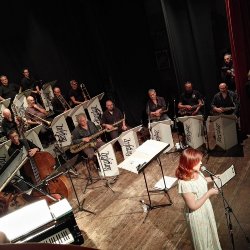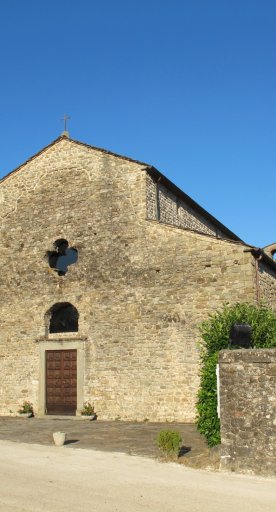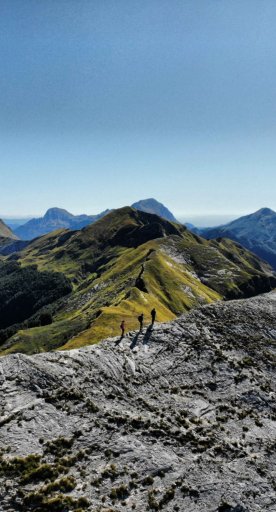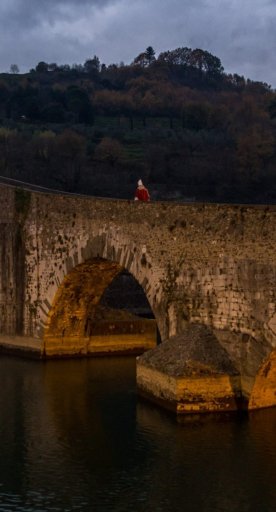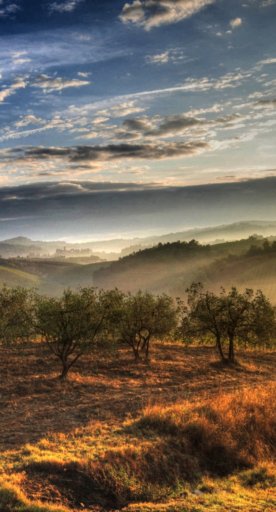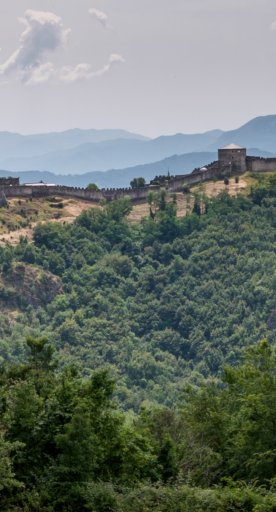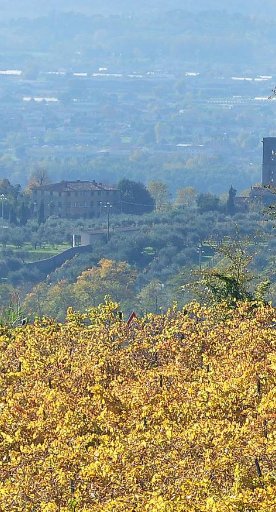On a rocky spur in the mountain range, lies a castle that overlooks Barga’s cityscape. It exemplifies a medieval village’s typical structure and is surrounded by a perimeter wall that is accessible via three gates: Porta Reale, Porta Macchiaia and Porta di Borgo. When walking through the intricate web of alleys and piazzas preserved over the course of centuries, you’ll find the quirky irregularities of historic architecture almost everywhere you look. If you follow via del Pretorio, alleys and roads on both the left and right open up before you. You’ll catch a glimpse of ruins of medieval buildings until, going past the Piazza Ser Barghesano, you walk out in front of the beautiful view that is the Cathedral of San Cristoforo. It’s iconically framed by the asymmetric roofs of the historic center and, further awayl, the green hills dotted with villages and farmhouses, the superb crown of the Apuans.
It’s worth noting the Conservatorio di Santa Elisabetta - originally a convent of the Poor Clares and founded by Beato Michele Turignoli in the 15th century. Then, in 1788, it was transformed by Pietro Leopoldo, Grand Duke of Tuscany, into a Conservatory for educating young girls. Its impressive rectangular design was built on three levels, completely surrounding an immense cloister, fitted with extravagant cisterns. Nearby, you’ll come across the original walls of Barga’s castle, built in the 16th century. Amongst the furnishings inside the small church belonging to the monks are a beautiful altarpiece of Robbianan design alongside a large 5th-century Crucifix and two 6th-century paintings.








